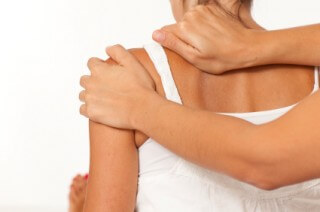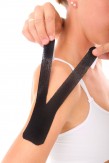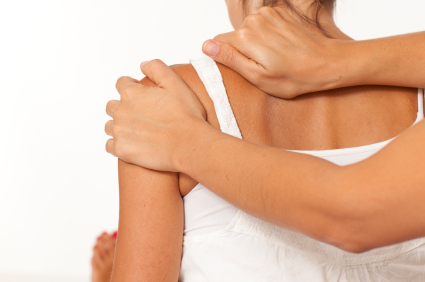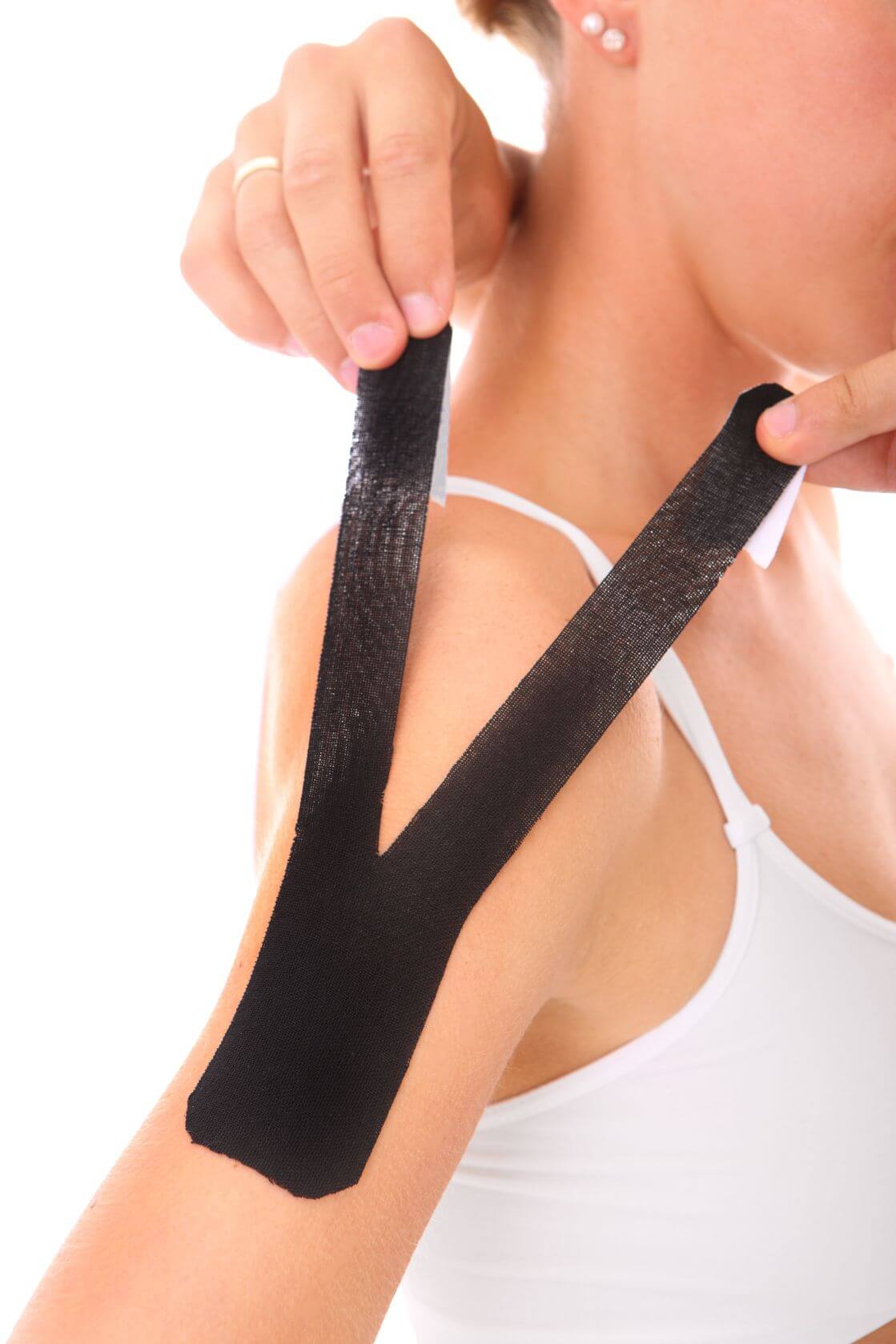Anterior Shoulder Pain
Anterior Shoulder Pain: SLAP vs LHB
So, you have shoulder pain. The question is, “Why?” and “What is the cause?” (who am I kidding, your physio has at least 100 more
questions!) Here are two things to consider:
-
SLAP tear: an injury to a part of the shoulder joint called the labrum.
 SLAP is an acronym for “Superior Labral tear from Anterior to Posterior”. The shoulder joint is a ball and socket joint (similar to the
hip joint), except the shoulder is much more shallow. The labrum is a circular rim of cartilage, forming a cup for the end of the humerus
to move within. The SLAP tear occurs where the biceps tendon inserts on the labrum.
SLAP is an acronym for “Superior Labral tear from Anterior to Posterior”. The shoulder joint is a ball and socket joint (similar to the
hip joint), except the shoulder is much more shallow. The labrum is a circular rim of cartilage, forming a cup for the end of the humerus
to move within. The SLAP tear occurs where the biceps tendon inserts on the labrum.
- LHB tendon pathology: The Long Head of Biceps tendon is a structure commonly involved with painful shoulder conditions caused by acute trauma, degeneration, or overuse. There is a large correlation between LHB tendon lesions rotator cuff (RC) tears.
Symptoms:
It is important to discuss the history of your shoulder pain and symptoms in detail with your physiotherapist at Revive, who will determine the cause of your pain through a detailed physical examination. Here are a list of symptoms you may be experiencing.
SLAP
Pain deep in the joint, hard to be specific
- Catching/clicking sensation and pain with shoulder movements
- Loss of power with overhead movements (ie throwing/serving)
LHB
Pain at the front of your shoulder
- Overhead throwing athletes, a snap/pop during follow through phase can indicate LHB or SLAP lesion
- Sensation of instability/popping/grinding
- The “Popeye” sign or a lump on the outside of the arm can be present
- If pain is diffuse/vague, often another condition is present
Causes:
SLAP
Fall onto outstretched hand, repetitive overhead actions (throwing), lifting a heavy object
LHB
Rarely seen in isolation, commonly caused by overuse activities, shoulder joint instability (RC tear of supraspinatus/subscapularis), tendon damage (inflammation/irritation/bursitis, due to RC not functioning correctly, leading to overload of the LHB tendon) or an acute trauma (contact sport injury, gym incident)
Diagnosis:
It is recommended that you consult your physiotherapist at Revive for an accurate diagnosis, who will perform a thorough examination and a
combination of tests to detect SLAP or LHB injury. You may need imaging done, which will be recommended by your physiotherapist upon your
examination.
SLAP
A combination of tests is most directed with diagnosis Imaging: MRA (magnetic resonance angiography) vs MRI (in
the absence of arthroscopy, which remains the gold standard diagnosis)
LHB
Pain on palpation of the front of your shoulder A combination of tests most directed with diagnosis Imaging:
X-ray to rule out degeneration, AC joint arthrosis or bony abnormalities; Ultrasound or MRI for more comprehensive imaging.
Treatment:
SLAP
Conservative management for a minimum of 3 months to reduce pain and regain strength of the shoulder. In
patients who fail to recover there are surgical treatment options that can be considered.
LHB
Conservative management for a minimum of 6 weeks, includes elbow flexion + supination into exercises. Exercises
may include:
- Thoracic mobility/rotation exercises if relevant, a lack of thoracic rotation can precede the onset of shoulder pain in particular positions
- Gluteal strengthening, if a loss of lower limb power is detected, which can lead to increased load on the shoulder and effect throwing performance
- Surgical management: This will depend on presentation, duration of symptoms, persistent pain, failure of conservative management, coexistence of RCT/LBP partial thickness tear
- Before considering surgery, it is recommended to consult your physiotherapist at Revive, who will assess whether you may benefit from a referral to an orthopaedic specialist.
.svg)
 SLAP is an acronym for “Superior Labral tear from Anterior to Posterior”. The shoulder joint is a ball and socket joint (similar to the
hip joint), except the shoulder is much more shallow. The labrum is a circular rim of cartilage, forming a cup for the end of the humerus
to move within. The SLAP tear occurs where the biceps tendon inserts on the labrum.
SLAP is an acronym for “Superior Labral tear from Anterior to Posterior”. The shoulder joint is a ball and socket joint (similar to the
hip joint), except the shoulder is much more shallow. The labrum is a circular rim of cartilage, forming a cup for the end of the humerus
to move within. The SLAP tear occurs where the biceps tendon inserts on the labrum.
